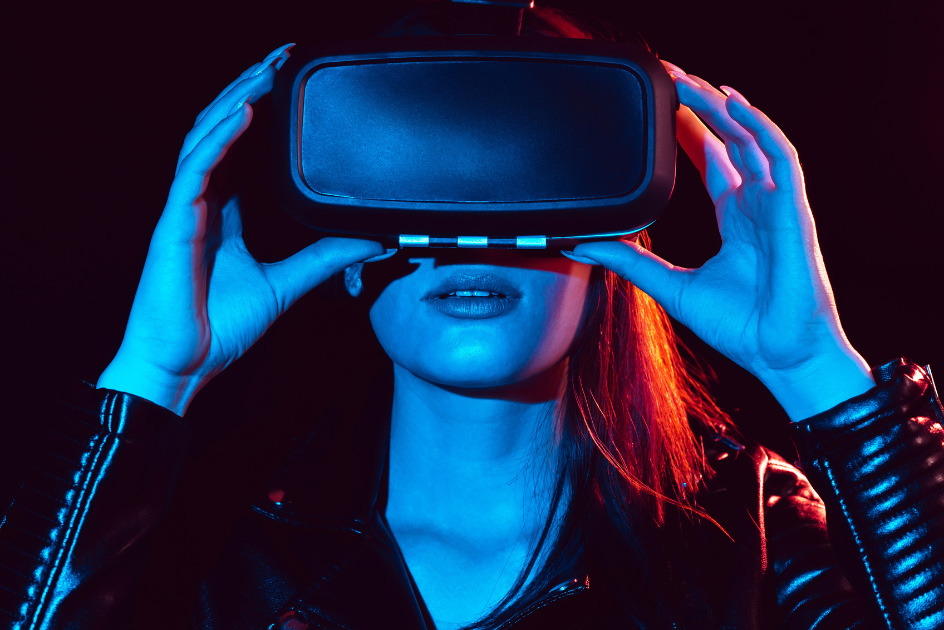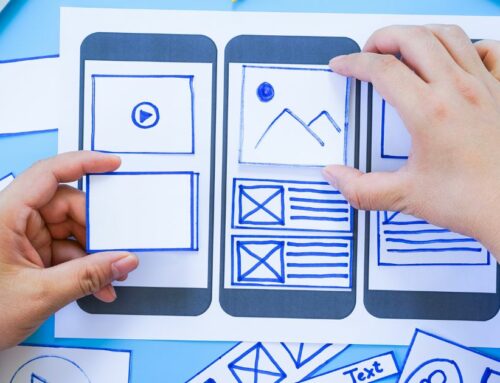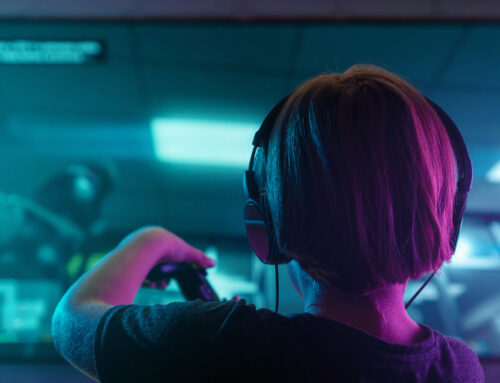In the ever-evolving landscape of technology and consumer expectations, businesses are constantly seeking innovative ways to enhance their product research strategies. One such groundbreaking approach involves the convergence of augmented reality (AR) and physiometric data. This dynamic duo not only revolutionizes the way products are researched but also provides unparalleled insights into consumer behavior and preferences. In this article, we will explore the synergy between augmented reality and physiometric data, its impact on product research, and the potential it holds for businesses aiming to stay ahead in the competitive market.
Understanding Augmented Reality in Product Research
Bridging the Gap Between Virtual and Reality
Augmented reality serves as a bridge between the virtual and physical worlds, overlaying digital information onto the real environment. In the context of product research, this means consumers can interact with virtual representations of products in real-world settings. This immersive experience enables them to visualize how a product fits into their daily lives, facilitating a more informed purchasing decision.
Creating Engaging and Personalized Experiences
Augmented reality transforms traditional product research methods by providing an engaging and personalized experience for consumers. Through AR applications, customers can virtually try on clothing, visualize furniture in their homes, or even test cosmetic products, creating a sense of ownership and connection with the product before making a purchase. This level of engagement not only boosts consumer confidence but also reduces the likelihood of post-purchase dissatisfaction.
Increasing Conversion Rates and Reducing Returns
The interactive nature of augmented reality significantly contributes to increased conversion rates. When customers can virtually experience a product before buying, it reduces uncertainty and buyer’s remorse. Consequently, businesses witness a decline in return rates as consumers make more informed choices based on their virtual interactions with the product.
Leveraging Physiometric Data for In-Depth Insights
The Power of Physiometric Data
Physiometric data involves the measurement of physiological responses such as heart rate, skin conductance, and eye movement. Integrating physiometric data into product research adds a layer of depth by capturing real-time reactions and responses from consumers. This invaluable information goes beyond traditional surveys and feedback, providing a more comprehensive understanding of consumer preferences.
Unmasking Unconscious Reactions
Consumers often make decisions based on emotions and subconscious reactions. Physiometric data helps unveil these hidden responses, offering researchers a glimpse into the emotional impact a product has on individuals. By analyzing physiological indicators, businesses can gain insights into the true emotional connection consumers have with a product, allowing for targeted improvements or enhancements.
Enhancing Usability and User Experience
Physiometric data is instrumental in evaluating the usability and user experience of a product. By monitoring physiological responses during virtual interactions with a product through augmented reality, researchers can identify pain points, areas of frustration, or moments of delight. This information is pivotal in refining the design and functionality of products, ensuring they align seamlessly with user expectations.
The Synergy: Augmented Reality Meets Physiometric Data

Real-Time Feedback for Iterative Improvement
The combination of augmented reality and physiometric data offers a unique advantage in providing real-time feedback for iterative improvement. As consumers engage with virtual product experiences, their physiological responses are recorded, allowing businesses to analyze and adapt in real-time. This iterative approach enables rapid adjustments, ensuring that the final product meets or exceeds consumer expectations.
Personalization Beyond Visuals
While augmented reality excels in providing visual personalization, the integration of physiometric data adds a layer of personalization beyond what meets the eye. By understanding the physiological responses of individual consumers, businesses can tailor product recommendations and features to better align with the emotional and physiological preferences of specific demographics.
Predictive Analytics for Future Trends
The amalgamation of augmented reality and physiometric data sets the stage for predictive analytics in understanding future consumer trends. By analyzing the physiological responses of a diverse audience, businesses can anticipate emerging preferences and design products that resonate with the evolving needs of the market. This proactive approach positions companies ahead of the competition, fostering long-term success.
Challenges and Ethical Considerations
Privacy Concerns in Physiometric Data Collection
While the integration of physiometric data offers unparalleled insights, it also raises concerns about consumer privacy. Collecting sensitive physiological information requires robust security measures to safeguard against unauthorized access and potential misuse. Striking a balance between data collection for research purposes and respecting consumer privacy is crucial for maintaining trust and ethical standards.
Ensuring Inclusivity in Augmented Reality Experiences
Not everyone may have access to the latest augmented reality devices, potentially creating a divide in the consumer experience. Businesses must consider inclusivity in their product research strategies, ensuring that those without high-end AR devices can still participate in virtual product interactions. This inclusivity promotes a more democratic approach to consumer engagement and feedback.
Future Implications and Industry Adoption

Shaping the Future of Consumer-Centric Product Development
The synergy between augmented reality and physiometric data has the potential to reshape the landscape of consumer-centric product development. As technology continues to advance, businesses that embrace this innovative approach will likely lead the way in understanding and meeting consumer needs effectively. The ability to create products that not only meet functional requirements but also resonate emotionally with consumers is a game-changer in today’s competitive market.
Industry Adoption and Case Studies
Several industries have already started leveraging the power of augmented reality and physiometric data in their product research strategies. Case studies across sectors such as fashion, automotive, and consumer electronics showcase the positive impact on consumer engagement, conversion rates, and overall product satisfaction. These success stories serve as inspiration for other businesses looking to enhance their research methodologies.
Conclusion
In the dynamic landscape of product research, staying ahead requires a willingness to embrace innovative technologies. Augmented reality, with its ability to provide immersive and personalized experiences, coupled with physiometric data, offering insights into real-time physiological responses, forms a potent combination. The synergy between these two technologies not only enhances the product research process but also empowers businesses to create products that resonate with consumers on a deeper, emotional level.
As the industry continues to evolve, businesses must navigate challenges such as privacy concerns and inclusivity to ensure responsible and ethical implementation of augmented reality and physiometric data in their strategies. The future holds exciting possibilities for those willing to invest in cutting-edge technologies that prioritize consumer needs and preferences. In this era of digital transformation, the marriage of augmented reality and physiometric data stands as a beacon, guiding businesses toward a new frontier of consumer-centric product development.
Have a project that you’re looking to field?
Logit can help. Just fill out the form below and a Logit Group team member will be in contact with you shortly. Get a quote today.





